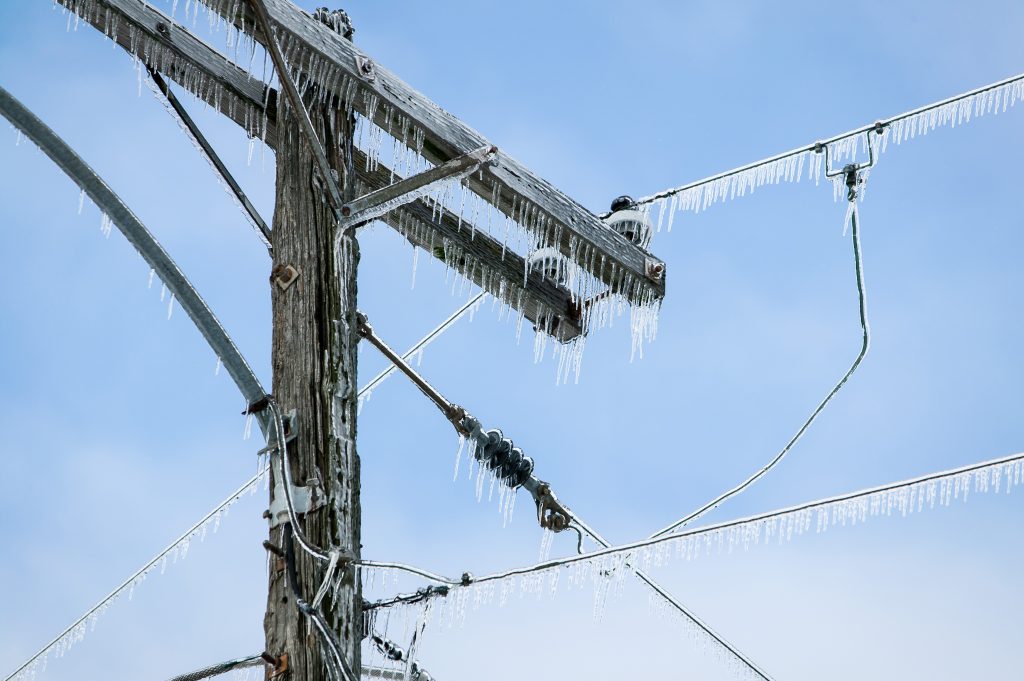Over the past year, the United States has endured two major “load shedding” events in which electric system operators instructed transmission owners to reduce demand by rotating blackouts across service regions. The first event occurred in California last August, when the Western United States was gripped by an oppressive heat wave that caused a surge in electricity demand and limited power imports into the state. The second event stretched over Texas, Arkansas, and Louisiana this February, as a historic cold snap froze generating units, constrained gas supplies, and pushed electric heat demand to unprecedented levels. In both cases, a carousel of blame ensued, and customers were left wondering how an entire region, or a state the size of France, could run out of electricity.
The answer lies in the complex and contentious world of “resource adequacy,” one of the most challenging issues in electric system planning and market design.
Resource adequacy seeks to balance electric reliability—the ability to withstand sudden disturbances—with manageable costs for electricity consumers. This is no easy matter. Ensuring reliability can mean retaining generators that are often idle and requiring energy providers to invest in preventative measures like weatherization or firm gas contracts. However, these measures are costly, and they ultimately pass through to electric consumers in the form of higher prices. Meanwhile, elected representatives face constant pressure to minimize electric spending, which can account for a significant percentage of household costs. Some tradeoffs must be made. Understanding how tradeoff decisions are made today can facilitate debate about how such decisions could be improved in the future.
A fundamental requirement of the electric system is that supply and demand, referred to as “load,” match at all times. Deviation can cause cascading blackouts and significant damage to infrastructure. To prevent this from occurring, nonprofit balancing authorities—also called regional transmission operators (RTOs) or independent system operators (ISOs)—control the scheduling and dispatch of hundreds of generating units across thousands of miles of transmission lines. The Electric Reliability Council of Texas (ERCOT) and the California ISO (CAISO) are two such organizations. RTOs work around the clock tasking generators with providing electricity and/or “reserves,” a standby service requiring units to be ready in the event of a load increase or generator failure. This process of constant readjustment is called balancing.
System balancing is a real-time endeavor, but because electric infrastructure is expensive and long-lived, resource adequacy planning must work over a much longer time horizon to ensure that operators have enough resources available to solve balancing emergencies like the Texas power crisis. Consequently, RTOs must anticipate a variety of future stressors to the grid and address them before they materialize.
There are two primary stressors that dominate resource planning: “peak load,” or the maximum amount of instantaneous demand during a given season, and “N-1-1 contingencies,” or events in which two transmission assets fail consecutively. Planners study these events in great detail, following standards and guidelines established by the North American Electric Reliability Corporation (NERC), an industry governing body sanctioned by the Federal Energy Regulatory Commission (FERC). In RTOs that cross state boundaries, reliability planning is also subject to FERC review.
But while regulatory and industry oversight is robust, there is no shortage of difficulty. Plans are dependent on probabilistic analysis of outage scenarios with the goal of limiting load shed events to a frequency of “one day in ten years.” However, the “one-in-ten” target is ambiguous and interpreted differently by each RTO. Each region is also unique in its network construction, resource mix, and consumer base. All of this makes it impossible to discern a single “best” solution for resource adequacy. Instead, planners must consider how to satisfy the “one-in-ten” target at the most reasonable cost to consumers, which requires them to first understand what consumers are willing to spend.
To find the spending balance, RTOs estimate the value of lost load (VOLL), a measure of the cost of each unit of unserved demand (measured in megawatt hours, or MWh). VOLL assumes that there is some opportunity cost to consumers when their demand cannot be served. By asking these consumers what they would have paid to avoid an outage, RTOs can estimate what aggregate willingness-to-pay would have been for the next unit of energy. This price then becomes the benchmark against which RTOs determine resource adequacy spending at the margin. Establishing the VOLL is an inexact science, both because many consumers do not know how to value their energy needs, and because consumers have different preferences. Consequently, the VOLL is an administrative decision agreed upon by reliability coordinators, regulators, and industry partners.
Once a VOLL is established, it is applied to the regional resource adequacy framework and used to determine resource adequacy spending. In general, there are three approaches to resource adequacy, all of which are concerned with ensuring that generator revenues are high enough to prevent them from shutting down, or “retiring”: 1) capacity markets; 2) energy-only markets; and 3) traditional regulated rate-of-return planning. The specifics of each approach can be tedious, and even markets of the same type can have a dizzying number of differences. Regardless of the approach chosen, however, regional disputes about the approach, reserve margins, and the level of reliability spending are frequent and ongoing.
Ultimately, even robust planning and market design cannot anticipate every scenario, nor can RTOs retain enough generation to mitigate all load shedding risk without pushing spending above levels implied by the VOLL. This means that electric systems inherently carry some risk, especially in the face of high-impact, low-probability events like the cold snap in Texas. This is not to suggest that resource adequacy plans in Texas and California were beyond reproach. However, both states were faced with a combination of persistent extreme weather and unexpected failures that, historically speaking, would have been considered improbable.
Almost inevitably, risk leaves policymakers in the undesirable position of responding to consumer outrage over blackouts while trying not to incur outrage in the future over higher costs. There is no silver bullet solution, but there is a path forward in grounded debate. Resource adequacy planning is about spending on infrastructure to mitigate unlikely events, so debate about grid failure event preparation should focus on each aspect of this statement independently: 1) how much are consumers willing to spend?; 2) what technologies can be used?; and 3) what disasters are of concern?
These questions are more complicated today than they have been before. Electricity is increasingly vital to heating, cooling, healthcare, and transportation, meaning that consumer willingness-to-pay (or the VOLL) may be increasing. There is a greater diversity of electric generation resources, including distributed generation, but they can introduce intermittency that can be problematic in other ways. And weather patterns are changing, with new volatility and severity making it difficult to determine event probabilities from past data. In short, there is still much work to be done just to understand our new planning environment.
In the meantime, policymakers should pause before offering specific solutions to power dilemmas in Texas and California. In the heat of the moment, urgent calls for costly reliability improvements seem reasonable to consumers sitting in the dark. But as more time passes, memories fade and ratepayers begin to question why electric spending is so high. Like resource adequacy planners, policymakers and regulators must tread this line carefully too.
Jonathan Gillis is an Atlantic Council Veterans Advanced Energy Fellow. This piece was written in his personal capacity.
Meet the author
Related content
Learn about the Veterans Advanced Energy Fellowship

The Global Energy Center develops and promotes pragmatic and nonpartisan policy solutions designed to advance global energy security, enhance economic opportunity, and accelerate pathways to net-zero emissions.
Image: Freezing rain icicles hang from power lines (donald_gruener/ Getty Images Signature/Canva)




